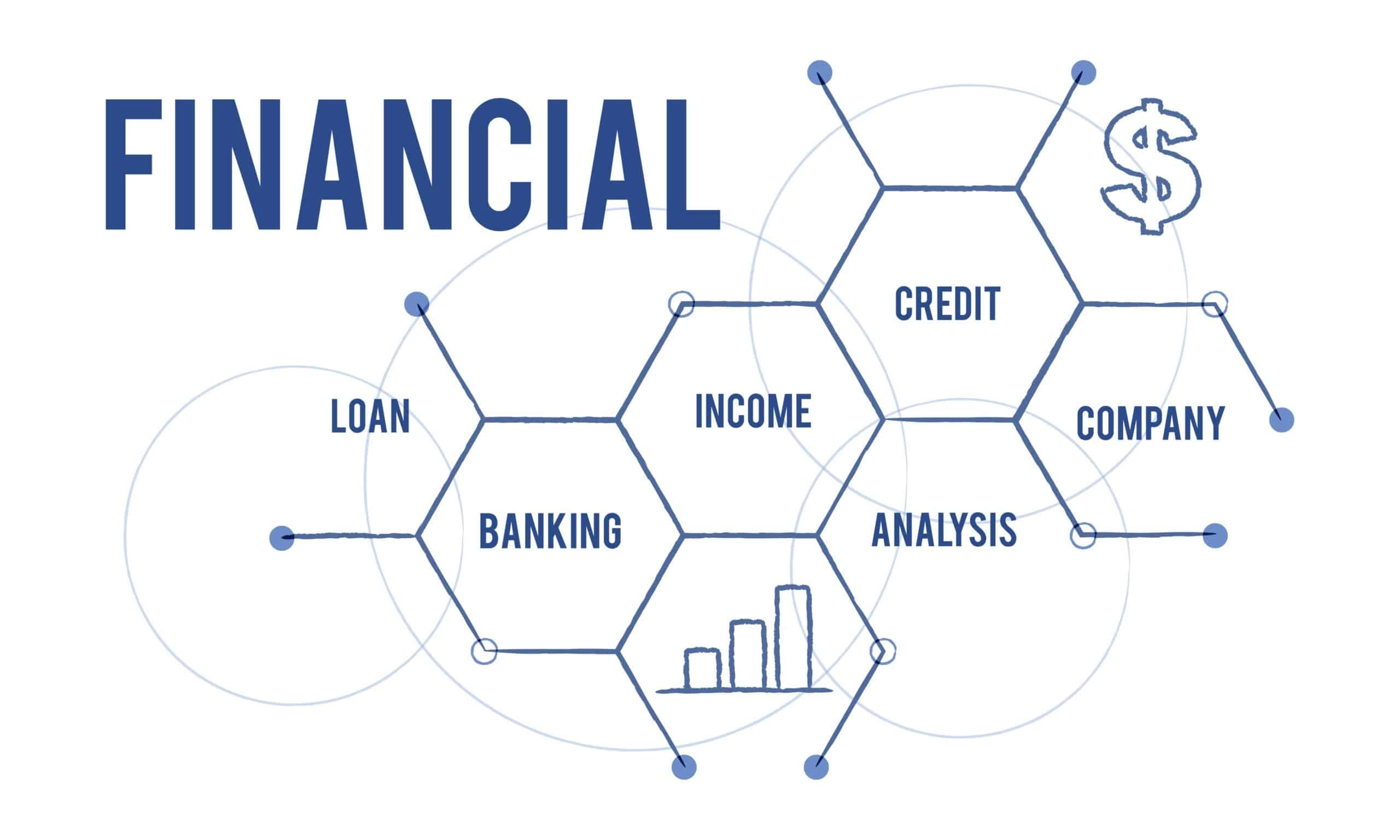Financial planning is a process that consists of:
a) analyzing the investments and financial opportunities of open businesses;
b) predicting the future consequences of today’s decisions;
c) deciding on alternatives; and
d) evaluating operations in relation to the objectives set in the financial plan.
Financial planning is not about minimizing risk. It is the process of deciding what risk is not necessary or worth taking.
A company must plan for both the short and long term. Short term planning is rarely about a period of more than 12 months. Mostly, it is about making sure that the company has enough funds to pay the bills and that short term days and requested loans are in their best interests. On the other hand, long-term planning covers a 5-year period (although some companies make plans for 10 or more years).
Personal finances
One must think about one’s financial future in time, not when financial problems arise or when one reaches a ripe old age without having first accumulated sufficient savings of one’s own. Acquired good financial habits influence the quality of management of personal finances, from household budgets to savings and desired investments. So, make sure you do your financial planning on time. 
The purpose of using a personal budget is to control one’s money, i.e., control income and expenses, more easily achieve financial goals, avoid excessive debt, recognize unnecessary expenses while reducing or redirecting them to savings, be prepared for emergencies and unexpected expenses, i.e., live a more harmonious life with less stress.
To control personal finances, it is necessary to create a personal budget in several steps. The first step is to determine the period for which the budget will be created (preferably per month), followed by determining the amount of income (salary) and the amount of expenses (record by purpose), allocating a specific amount of money for each purpose of expenditure, monitoring expenditure and estimating and adjusting the budget.
Basic determinants of financial behavior
Financial behavior is influenced by three factors:
– economic (income, prices, interest rates, etc.);
– socio-demographic (environment, family and friends, age, etc.);
– psychological (feelings, attitudes, etc.).
Stages of financial planning
A budget is a financial plan that shows what you will use the money you earn.
With quality financial planning and control of personal finances, the unexpected are easier to write off life events.
By planning personal finances, it is possible to:
– reduce uncertainty about the adequacy of money to fund life’s needs in the future;
– reduce the likelihood of financial difficulties
– decrease unnecessary interest expenses
– increase income;
– increase net worth;
– avoid situations of excessive debt, bankruptcy, or any other form of financial dependence on others
All of these ways ultimately lead to an increase in quality of life and personal enjoyment, so it is profitable and wise to think carefully about what and how we earn money to spend. Poor or good short-term planning can affect our long-term planning and therefore should be realistic in the first instance when making a plan.
The process begins with determining the current financial situation, which is the starting point for to “forge” a plan and develop a vision. If the starting point is unrealistically determined, the whole plan is useless and there is no point in implementing it. Everyone’s financial situation is different and unique, and the greatest emphasis here is on the need for the real by assessing one’s obligations and opportunities. People often hide from themselves the real financial situation by convincing them that it is much better than it really is, even though they subconsciously know that it is not.
Taking into account:
– the value of one’s assets and liabilities;
– the amount of income and other household income
– the level of household expenditure;
– the distribution of income between personal consumption and savings.
In order to determine the current financial situation and to consider the possibilities of increase financial efficiency in the future, it is necessary to prepare basic financial statements. These are the balance sheet (called the statement of net assets) and the income statement (cash flow). The balance sheet shows the balance of assets and liabilities on a given day (last day of the year, last day of the calendar month, and the like).
The balance sheet is divided into assets and liabilities.
Assets are real estate and financial assets (apartment, building plot, car, bicycle, jewelry, investments in securities, investments in mutual funds, insurance, money in the wallet, money in the checking account).
Liabilities are short and long-term liabilities, everything that is owed (the amount of total debt from loans received, outstanding credit card charges, and other unpaid bills)
Proper goal setting is a process that can be learned. Only when you determine exactly what you want to accomplish will you know where to focus your concentration. Well set goals can be extremely motivating because once the set goal is achieved, the person will also be financially satisfied. When a life goal is clearly defined, one of the methods recommended for goal evaluation is SMART.
SMART stands for:
1. Specific – the goal should be clearly stated and emphasize what the individual wants to achieve. Specifying a goal is the answer to the questions: what do you want to achieve? Useful words such as: organize, coordinate, develop, plan, build …
Why is this to be done within the given time frame? How can you achieve your goal?
In what way and in what way? It is necessary to make sure that the goal is specific, clear and simple.
2. Measurable – measurable is what helps in management actions to achieve the goal. Several smaller, measurable steps toward the goal result in “small victories” that increase motivation toward the final goal, allow tracking of changes that occur, set a time frame, but also satisfaction achieved.
3. Achievable – once key goals are identified, think about the ways in which the goals can be achieved. If the goal is far beyond realistic possibility, they will most likely abandon it very soon. Even if the goal set is good, it will require extra effort.
4. Realistic – realistic does not mean easy, in this case the correct meaning for the goal is: doable. Therefore, a plan and ways to achieve the goal should be prepared that are feasible, possible.
5. Temporal – it is desirable to set a time frame for achieving the goal. This will more clearly define the time period in which steps leading to the goal should be taken
Conclusion
Financial goals should not be daunting, but should inspire and encourage financial prosperity. Once goals have been identified, it is easier to consider the cost of achieving them in the context of current situations. When finalizing the plan, decisions must be made about the goals set by the individual, including following the best steps.
The discipline created becomes most important because it is necessary to follow the path in a disciplined manner, therefore it is necessary to create steps so that they can be follow.
Whatever if we are talking about personal or business financial, plan is what you need and InvoiceCrowd offers you great solution to track your money in the process of achieving your financial goals.



